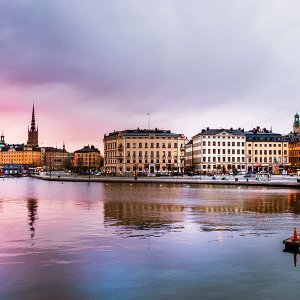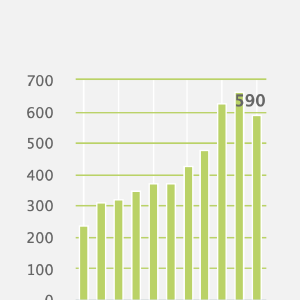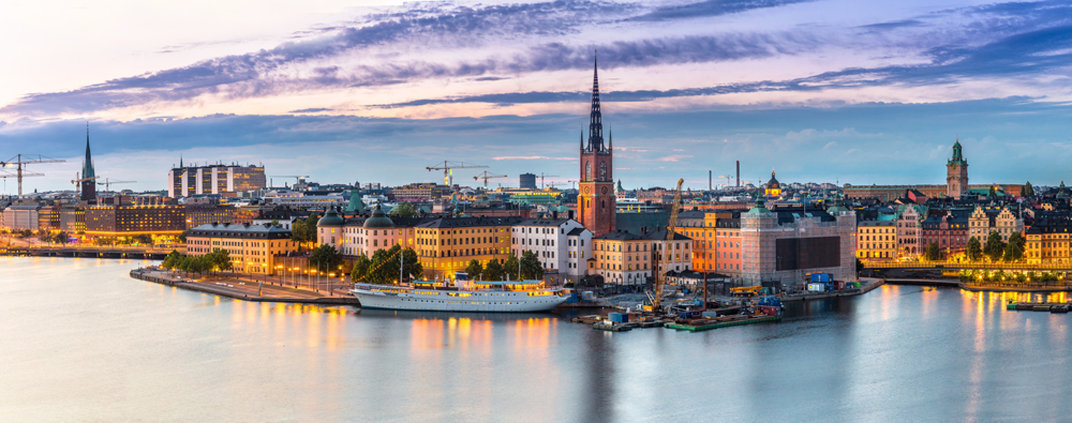
Recovery from Drug and Alcohol Addiction in Sweden
Any country, no matter how beautiful, has individuals who prey on others by trafficking and selling drugs. In Sweden, land of endless fir forests and Northern Lights, traffickers are moving cannabis, amphetamines, heroin, cocaine, MDMA, synthetics, prescription drugs and stimulants through the country.
How do they get them into the country? A significant portion of these drugs come across the bridge from Denmark. At the Denmark end of the Øresund Bridge lies Copenhagen’s main airport, an easy way to get drugs very close to Sweden’s border. A little west of Denmark, you have Rotterdam, in Holland—the largest and one of the busiest seaports in the world. There are also dozens of ferries transiting the Baltic and North Seas and arriving in either Sweden or Denmark. All these these transportation channels make simple work of transporting huge shipments of drugs into the country.
Sweden’s Policies on Drug Abuse
Swedish authorities have taken a hard line on the subject of drug use by its citizens. In the 1970s, the government had a more liberal view on drug use but that policy resulted in an increase in both drug use and addiction. Their view therefore gradually changed to the current widely supported belief that drugs are harmful and should not exist in a society that is honestly concerned about the health of its people.
A person who is found to be using drugs will be encouraged to enter either in-patient or out-patient voluntary treatment. If that person is at immediate risk of injuring themselves or someone close to them, they may be admitted to compulsory treatment.
And who is at immediate risk for damaging themselves or someone close to them? Anyone who can’t make the choice to quit and must commit crimes to support their addiction. Anyone who neglects or abuses their spouse, children or elderly parents. Anyone who is addicted to a drug like a prescription painkiller or heroin and so risks an overdose death every single day.
Even a person admitted to compulsory treatment is later offered the chance to enter a voluntary treatment program. Wisely, 75% of those in compulsory treatment soon make this choice.
According to the European Monitoring Centre on Drugs and Drug Addiction, Sweden has more than 4,000 formerly opioid-addicted people receiving medicine-assisted treatment as part of their treatment— in other words, methadone or, more likely, Suboxone or Subutex. There are more than 100 centers across Sweden that administer these drugs. Not everyone agrees with this method of treatment. The concerns of these dissenters became manifest in 2014 after more people in the country died from the use of these substitution drugs than from heroin.
Swedes and Alcohol
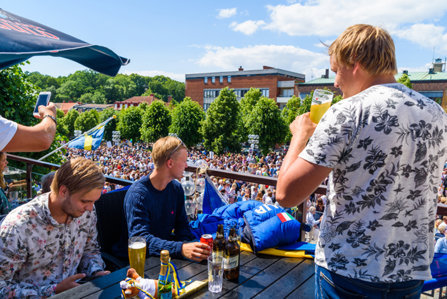
Like many other cold northern countries, alcohol consumption is popular with Swedes and, by statistics, alcohol problems are roughly twice as serious for men as for women. Here’s a few facts:
- Across Sweden, 75% of men and 63% of women have drunk alcohol in the last year.
- Among the general population, one-third of the men and one-in-seven women have indulged in an episode of heavy drinking in the last month.
- Among those who drink, 44% of men and 23% of women have engaged in heavy episodic drinking.
- The lives of about one in eight men are damaged because of their drinking.
How much do they drink? The average is 17.1 litres of pure alcohol per year for men and half that for women. For men, that works out to about 2.6 shots of the country’s most popular strong drink—vodka—every day (or more drinks if the person is consuming wine or beer with a lower alcohol content.)
About one in eight men and one in five women struggle with dependence on alcohol. Just as in every other country, this dependence results in injury to health, traffic accidents, domestic abuse, divorce, bankruptcy and failure. Interestingly, the legal limit of blood alcohol concentration (BAC) in Sweden is one-quarter the limit in the United States (.02% BAC compared to .08% in the U.S.).
Advertising and sponsorships by alcoholic beverage companies are controlled by law. The density of outlets serving alcohol for either on- or off-premises consumption is also controlled by law. In the U.S., the density of locations to get alcohol has been clearly linked to the amount of crime in the area.
Recovery in Sweden
Is it possible to help people in Sweden recover their drug-free lives? And, just as important, can this goal be achieved without the use of substitute medications?
In Swedish treatment centers for both alcohol and drugs, some people trying to get their sober lives back are given medications such as methadone or Suboxone as mentioned above, or Campral or Antabuse for a person who wants to recover from alcoholism.
In fact, none of these drugs are required if you have a rehabilitation program that guides a person all the way out of their addictive lifestyle and back to sobriety. That describes the holistic recovery program at Narconon Europe, located about 50 km north of Copenhagen.
At the beautiful and elegant country lodge that houses this rehab program, each person is first supported through a drugless and remarkably tolerable withdrawal. They then detoxify their bodies with time in a sauna plus generous nutritional supplementation that supports the detoxification. Many people completing these two steps remark on how much they have overcome their cravings for drugs.
It’s vital then to help a person recover from the trauma and pain of their past addictions. On the step called Objectives, each person gradually learns to live in the present, enabling them to recover from painful experiences. It’s when a person begins to live in the present that they are then ready to prepare themselves to meet life’s challenges without needing drugs.
Life Skills

While it’s good to be free from cravings and enjoy living in the present, staying drug-free requires specific life skills. These skills may have never been learned by an individual who struggled with addiction, or they may have been destroyed by the years spent addicted. Either way, acquiring these skills before going back out into the world is a must.
The Narconon drug rehab program encompasses a number of vital skills, such as the following:
- How do I restore my own personal integrity and keep it intact in the future?
- How can I find relief from the guilt I feel over the harm I have done to myself and others?
- What if I encounter a serious loss or setback? How can I prevent myself from using drugs again?
- What do I need to do to restore my relationships with my family, friends and community?
- How can I learn to make the right choices in the future, especially if I am confused or challenged?
In a series of learn-and-apply life skills training courses, each person on the Narconon program assembles the skills they will need to steer a steady and sober course in the future. Before going home, they apply these skills to develop a realistic and workable plan for re-entry into sober daily life. After they get home, they stay in touch with Narconon counselors to ensure their success implementing this plan.
A Drugless Life
When a person has the chance to complete a rehab program that helps them recover from the past and successfully face challenges in the future, they don’t need substitute medications like methadone, Suboxone, Subutex or Antabuse. They get to wake up every morning free from any reliance on drugs. They get to go to bed each night cherishing the opportunity to enjoy a mind, body and spirit unaffected by these addictive or toxic substances.
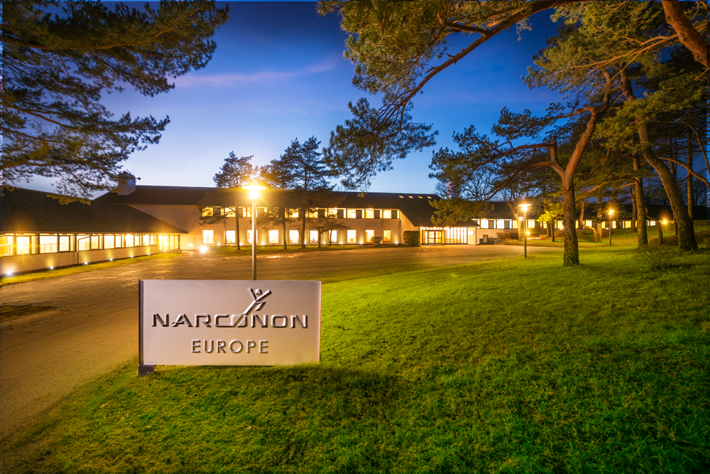
Narconon Europe offers those in Sweden and surrounding countries the chance to build a truly drug-free life in a calm and supportive environment. To learn more, call Narconon Europe today.
